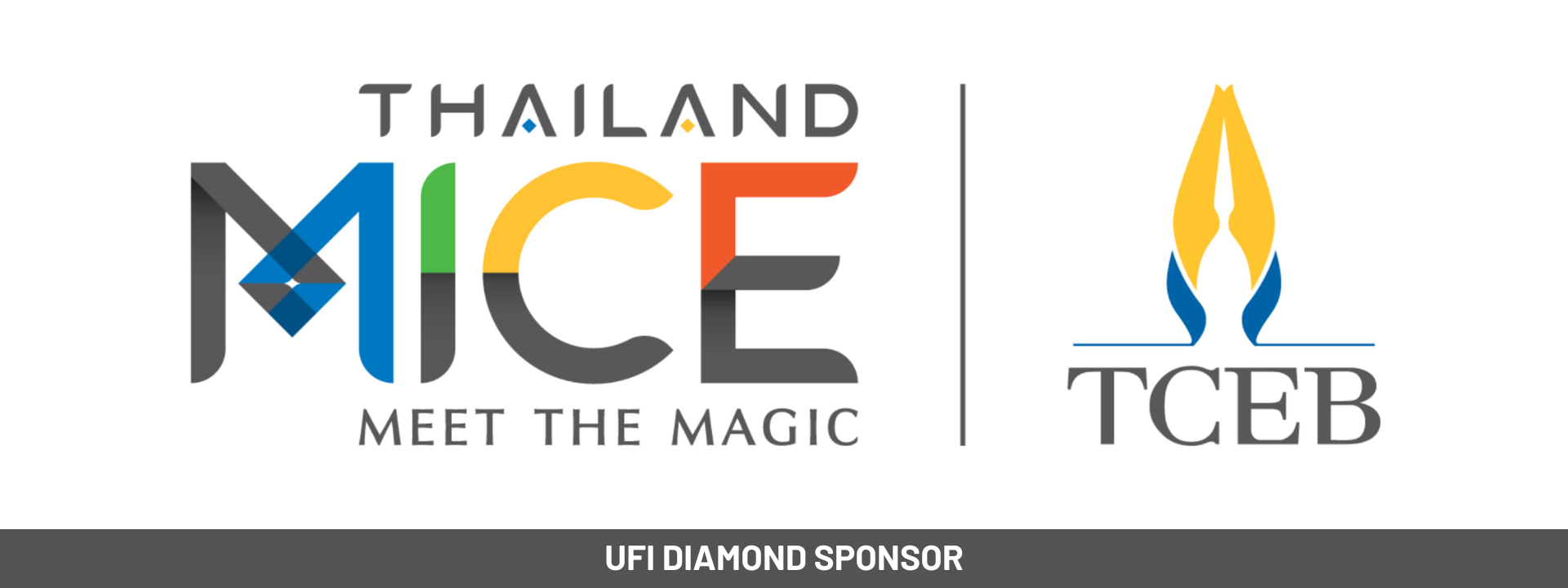Blogger: Jason Popp, Executive Vice President, International – GES
Thankfully, today’s events have evolved from the days of stuffing people into a venue, wowing them for two days, and then packing up and planning for next year’s session.
Now, you can extend your event’s life by using data. And in today’s competitive landscape, this isn’t just a nice option; it’s a necessity. If you fail to leverage the value of your event marketing beyond the event itself, you’re not going to be able to use your event’s fixed costs to get a good return on your investment.
Data Is the Key to Long-Term Planning
So much cost and effort goes into planning a successful event. Why wouldn’t you try to extend the impact? Although personal relationships can certainly begin in a meeting room, they’ll only flourish through sustained contact.
So as you’re printing badges and booking venues, you must devote equal (or more) time to the connections you’ll develop with your in-person attendees as well as those who “attend” at a distance. In doing so, your event will break free from the limitations of time and space, and you’ll be able to connect with your audience more effectively.
However, hosting a 365-day event means more than sending out tweets every few months. You really have to dive deep into your event data to realize these long-term effects. First, take a close look at your attendees’ demographics and determine which industries they represent. You should also look at which sessions draw the largest crowds and consider any feedback attendees give in their post-event surveys.
Build Your Event Extensions
The data is the platform on which to build the event extensions, which can take several forms:
- Matchmaking: You can use profile data for another matchmaking idea: to help attendees have meaningful conversations with the people they met at your event, either online or at meetups in their city.
- Apps: In addition to a dedicated website, you can create an app that facilitates connections among attendees. Tracking data on who is meeting reveals the long-tail effects of the connections made.
- Social media: Engage attendees on social platforms. This will help create a sense of community around your event, and as an added bonus, it allows communication with attendees before, during, and after the event.
- Content: Data on session attendance reveals which content to repurpose and distribute afterward.
UBM Advanstar provides an example of how you can understand your key stakeholders through data and create a yearlong event. UBM run fashion shows that match the world’s leading fashion brands with key retail buyers several times annually. To add even more power to these events, it has created ShopTheFloor, an online B2B marketplace that’s available to all participants of the in-person trade shows. The marketplace doesn’t replace the live events. Rather, it allows retailers and brands to interact for the rest of the year, with each other and with attendees.
By using data to extend the life of your event, you’ll tap into the value of face-to-face meetings and facilitate personal connections that will truly last. That’s because using data increases the lifetime value of event attendees. If you can get them to pay for access to session recordings, attend a sponsored meetup, or simply keep the conversation going, you’ve succeeded.
This article was originally published on B2B Marketing







Leave A Comment